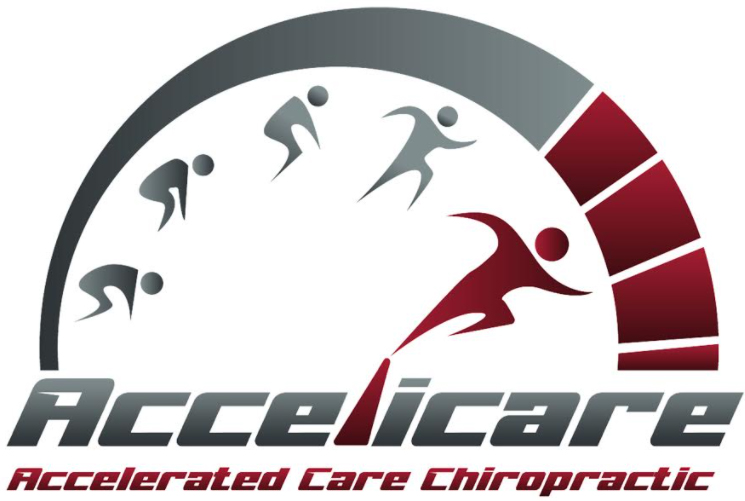Chiropractic Mobilization and Manipulation
Chiropractic Mobilization Manipulation
A chiropractic manipulation is specifically intended to correct vertebral subluxations, the term given to signs and symptoms caused by a misaligned vertebrae. A vertebral subluxation may result in many different symptoms, including pain, reduced mobility, and impaired function, as well as sympathetic nervous system, sensory, and motor symptoms.
The positive effects of manipulation and mobilization when properly administered treatment are well-documented. When chiropractic manipulation and mobilization is administered, it affects and/or corrects the alignment and function of a vertebral joint, resulting in improved health and function. Some of the many positive effects of a spinal adjustment include:
- Increased muscle flexibility
- Increased joint range of motion in all three planes
- Reduced pain, or relief from pain
- Increased skin pain tolerance
- Increased paraspinal muscle pressure pain tolerance
- Reduced muscle tension
- Increased blood flow
- Reduced/balanced blood pressure
- Increased melatonin production
- Increased plasma beta endorphin levels
- Increased substance P and neutrophil respiratory burst
- Shortened recovery after injury
- Reduced scar tissue formation, or scar tissue elimination
- Improved sports performance
- Improved sleep, breathing, perception, and cognition
- These results create a better quality of life, leading to a healthier and happier person.
Manipulation and Mobilization Methods
Administration of a spinal adjustment varies in technique based on the chiropractic doctor’s training, personal beliefs, and other factors. Most, though not all, involve “thrust manipulation”, which adjusts the spinal column through well-placed force applied by the doctor’s hands.
Thrust manipulation is made diverse through its application in different positions. For example, a patient may sit, lie on their back, side, or stomach, or position themselves on a specialized table. A chiropractor may also use a spring-loaded instrument to apply gentle yet effective force, resulting in a comfortable adjustment.
Chiropractic Treatment Schedule
The number of spinal adjustments necessary for restoring proper function is dependent on several factors. The severity of injury, overall health of the patient, co-morbid risk factors (including depression, anxiety, and others), history of injury, and other key factors all play a role in the schedule of treatment.
Athletic injury treatment may require other forms of treatment, including Kinesiology Taping, Sports Specific Training, and more. These treatments can increase the overall length of care, but, if prescribed, are essential to restoring proper health, function, and athletic ability.
If you are interested in consulting with Accelicare about your sports injury or other chiropractic concern, please visit our contact page to get in touch with Accelicare’s knowledgeable and helpful staff.
